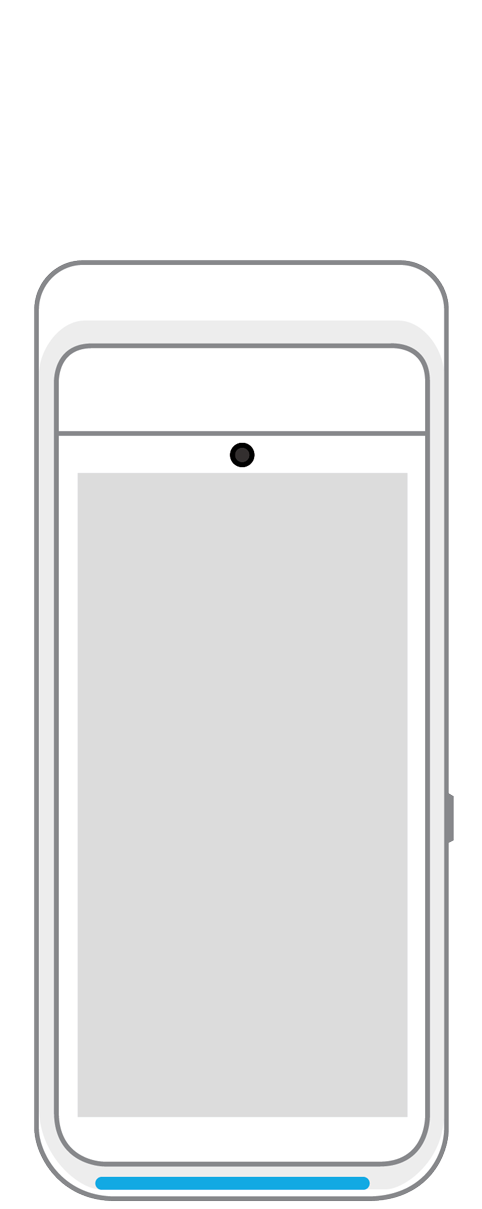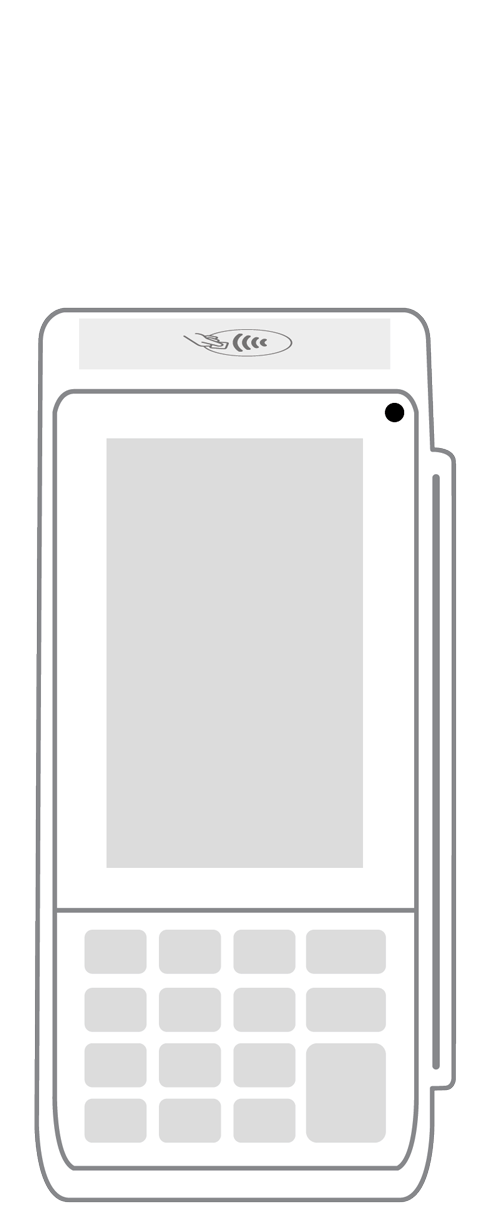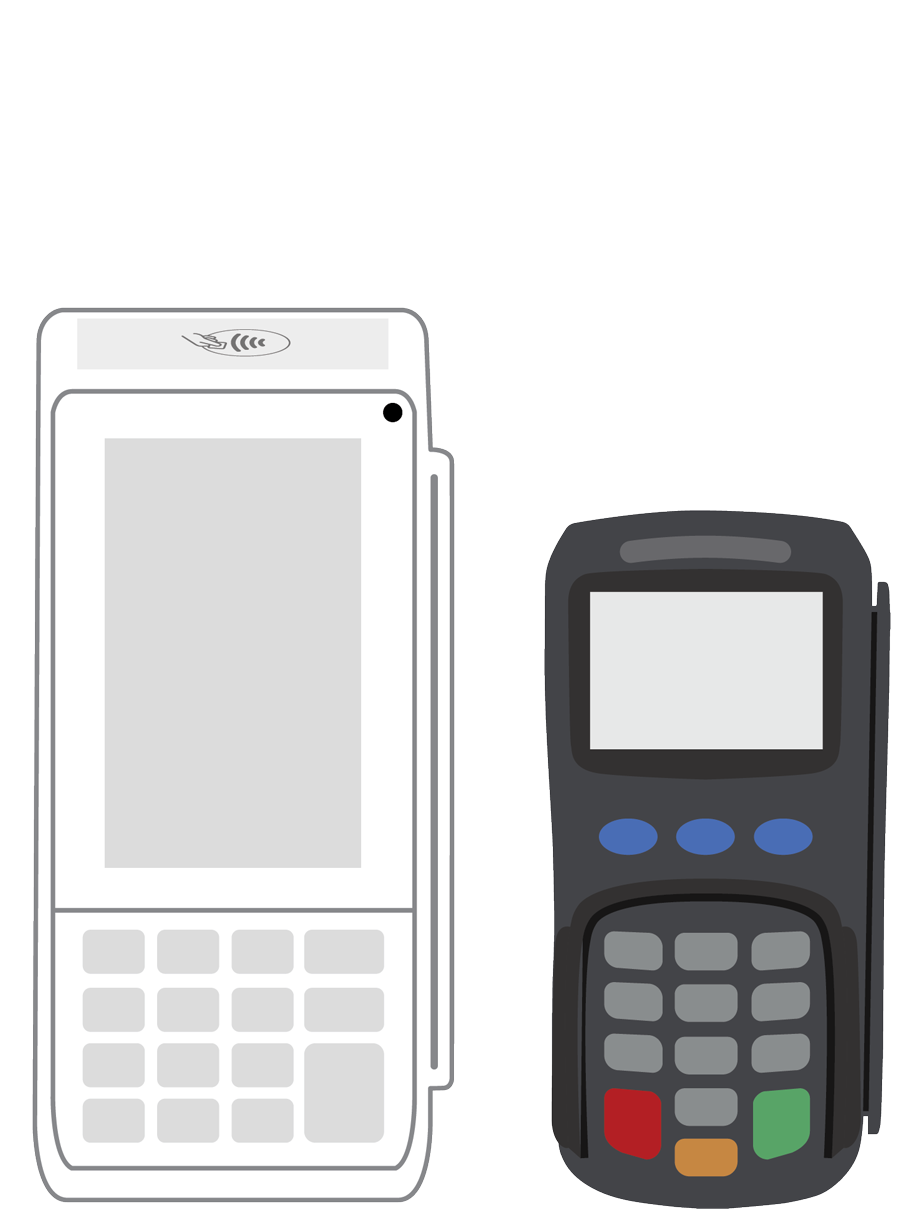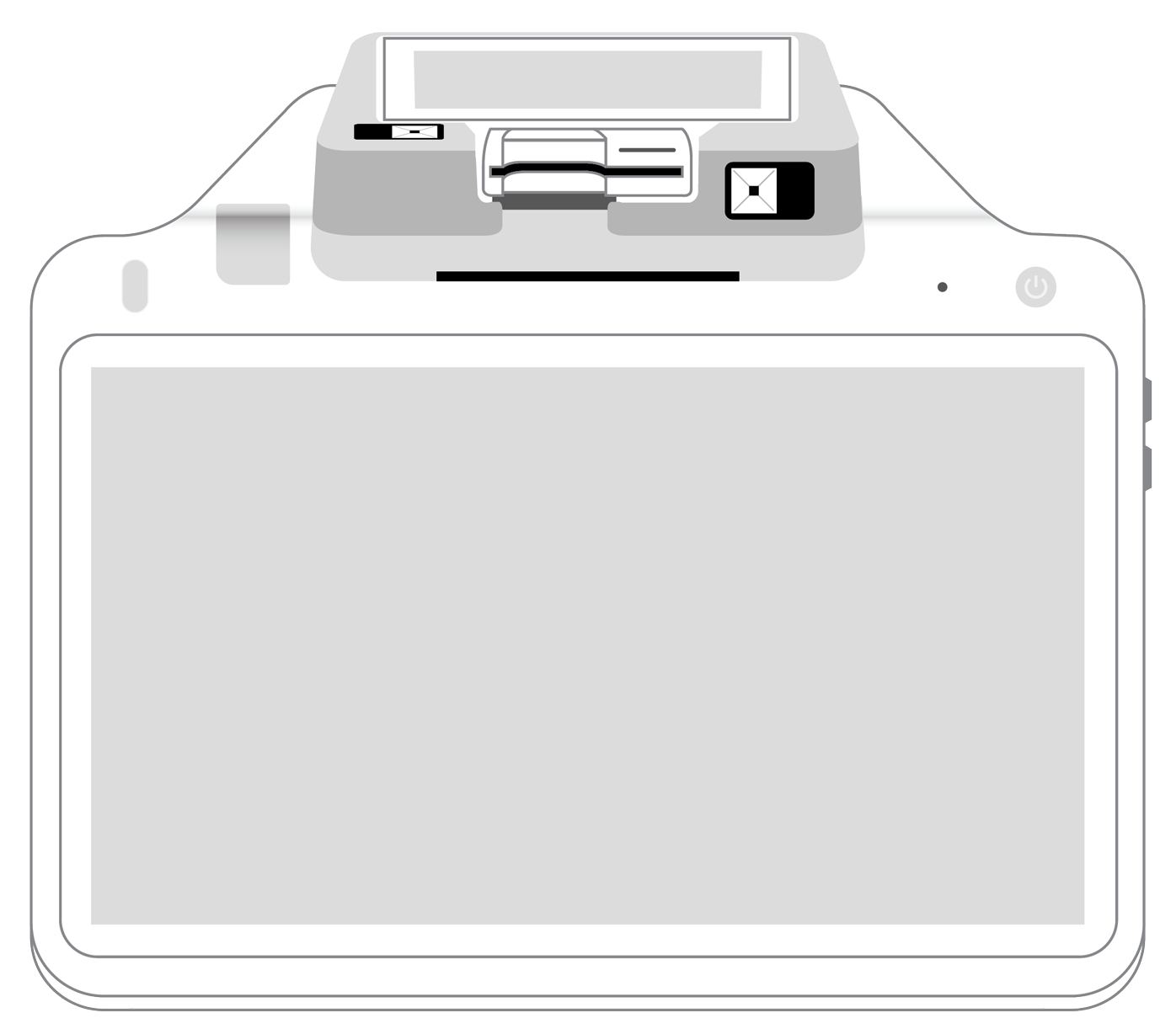How easy is it to integrate mobile payments into your business?

In recent years, there has been a sea of change in the ways — and the wheres — that consumers pay for goods and services.
The conventional countertop terminal has been joined by a pantheon of other options, including mobile card readers, digital wallets, wireless transfer solutions, peer-to-peer, and even Tap to Pay on iPhone.
These methods have proven success, to the point where consumers expect — even demand — them. With this in mind, you may be ready to upgrade your systems. You might seek to include some or all of these options that allow you to optimize your in-person checkout and accept payments from anywhere — without sacrificing security.
Benefits of mobile payments.
Once you begin to use a contactless mobile card reader or take transactions from digital wallet providers such as PayPal, Apple Pay or Google Pay, you will quickly come to realize the advantages. For one thing, mobile payments are convenient for buyers and sellers alike.
They make it possible for a shopper to simply tap a card or device that they are already carrying with them — most likely their phone. The resulting transaction is usually concluded in a matter of seconds – all while maintaining the strictest possible data security measures.
Additionally, all sales are integrated into the merchant’s point of sale system, making it possible to retrieve details of the payment at a later date if necessary.
On top of that, integration with the POS’s customer relationships software allows the seller to track shopping behaviors and trends, allowing for the later creation of insightful reports that can drive marketing and social media campaigns.
Moreover, bringing mobile payments into your ecosystem can give your store a competitive advantage. If all other things are equal, an increasing number of customers will prefer to do business with a store like yours that offers modern payment options that optimize convenience and security.
In a cutthroat commercial environment, keeping your systems state-of-the-art can set you apart from rivals who have not yet taken this step.
Finally, mobile payments help to increase cash flow. This stands to reason given the optimized speed and security of these modern payment types. The result is that businesses can access cash more quickly and accept payments from anywhere.
The results are a better handle on their revenue and expenses.
Types of mobile payment technologies.
If you want to bring mobile transactions into your business, you need to understand the technologies that drive them. For instance, near field communication (NFC) solutions offer short-range wireless connectivity that allows for two-way communication between devices such as phones or smartwatches with the merchant’s contactless mobile card reader.
On the other hand, radio-frequency identification (RFID) uses electromagnetic fields to track object tags in credit cards with contactless payment capabilities such as Visa’s PayWave and Mastercard’s PayPass.
Mobile payment apps and digital wallets make up a large percentage of today’s cutting-edge transactions. Apps like PayPal, Venmo, Apple Pay, and others allow users to make payments from the bank accounts that they link.
Transfers between seller and buyer can be conducted securely and seamlessly, all without the need for the presence of a physical card.
Quick response (QR) codes offer another safe and easy way to complete a purchase to a business or from peer-to-peer. The user simply scans a QR code, which is then interpreted by a software application.
Transaction details appear after the payment has been processed via a browser link.
Steps for integrating mobile payments into your business.
Your first job is to examine your company, including your goals and marketing strategies, as well as the traits and preferences of the customers you serve. As part of this process, you will need to pay attention to your point of sale system and any third-party software you already use to ensure that your entire system ecosystem works in concert.
Furthermore, be sure that the processing provider you choose offers the payment types you and your customers want.
The task of selecting the best provider is an important one that requires care and research. Many retailers opt for simplicity by partnering with one provider who handles all facets of the funds exchange transaction.
Throughout, this company gives end-to-end security using two-factor authentication, encryption, and tokenization of data to minimize the chances of hacking and data breaches.
Additionally, you as the merchant need to understand your own online needs. Specifically, this refers to what types of transactions must be conducted, the necessary integration frameworks, setup and transaction fees, and any customized features that are crucial to the running of the business.
Next comes the task of platform integration, which involves connecting the payment gateway from the provider with your POS and any other applications you may already use. Begin by setting up a merchant account with your provider.
This enables you to accept online payments via your gateway. Then establish your API credentials that make it possible for you to communicate with the gateway to facilitate secure payments.
Depending on your level of technical expertise, you might opt to take some of the interfacing tasks into your own hands. To that end, developers use software development kits (SDKs) to build apps and integrate them with third-party services.
SDKs include five main elements: pre-packaged code libraries, application programming interfaces (APIs) that contain predefined pieces of code for performing specific actions, integrated development environments (IDEs) that assist with the design and layout of graphical elements, testing tools and compilers such as debugging tools, and documentation (the manuals and tutorials that assist developers in using the SDK.
Understanding possible challenges.
Despite their many benefits, the integration of mobile payments can also come with some pitfalls. Systems might be overly complex or incompatible; security issues or lapses could become apparent; customer service may be lacking.
At times, costs could be higher than a business owner may have anticipated.
Therefore, careful research and planning are vital in order to enjoy the numerous upsides of mobile payment integration while minimizing the negatives. As you work to rise above your competitors, please your customers, and provide the smoothest and most secure purchasing journey possible, these new mobile technologies can be a game-changing addition to your retail operations.
 3-in-1 Reader |  Terminal |  Keypad |  PINPad Pro |  Flex |  POS+ | |
|---|---|---|---|---|---|---|
Payment types | ||||||
EMV chip card payments (dip) | ||||||
Contactless payments (tap) | ||||||
Magstripe payments (swipe) | ||||||
PIN debit + EBT | ||||||
Device features | ||||||
Built-in barcode scanner | ||||||
Built-in receipt printer | ||||||
Customer-facing second screen | ||||||
External pinpad | ||||||
Wireless use | ||||||
Network | ||||||
Ethernet connectivity | With dock | |||||
Wifi connectivity | ||||||
4G connectivity | ||||||
Pricing | ||||||
Free Placement | ||||||